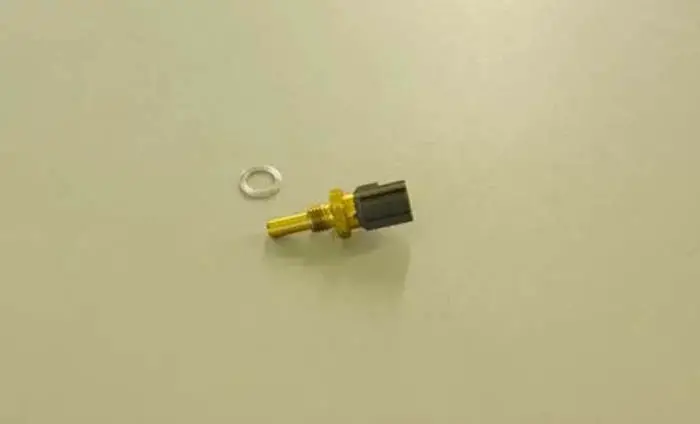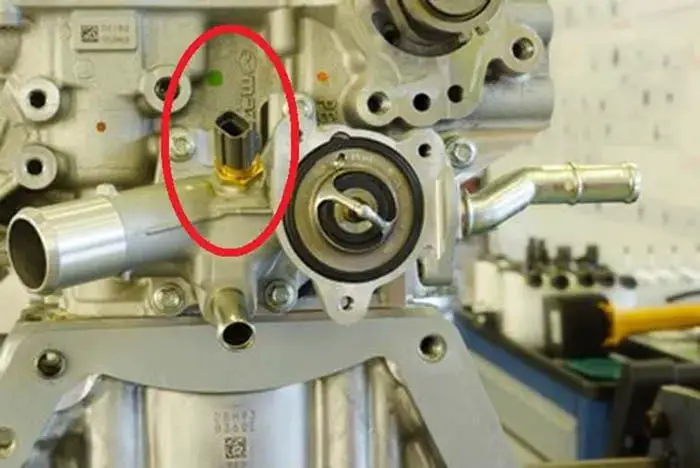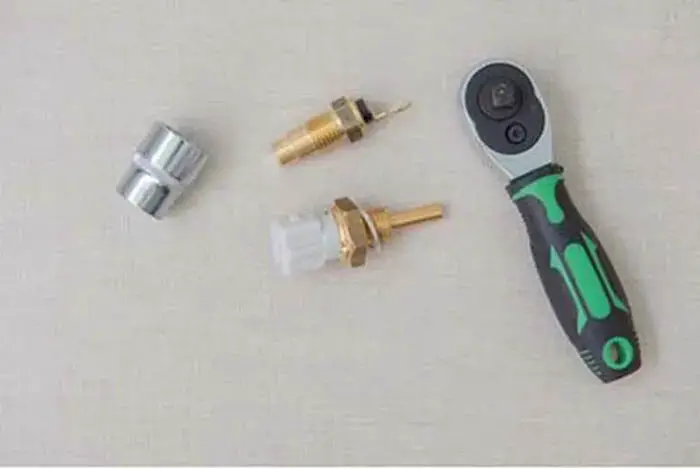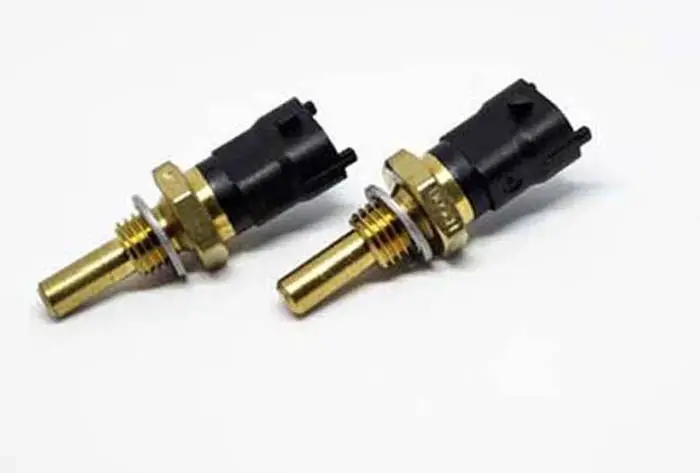
The Engine Coolant Temperature Sensor plays a key role in the normal running of the car. It is installed in the engine coolant such that the tip of the sensor is immersed in the engine coolant.
The ECT sensor is a thermistor, hence its resistance changes with the change in temperature of the coolant. Over time, the ECT sensor gets damaged and shows several symptoms.
In this powerful guide, we will discuss the Nine symptoms of bad coolant temperature sensors in easy-to-understand language.
Related Post: Engine Coolant Temperature Sensor
Bad Engine Coolant Temperature (ECT) Sensor Symptoms
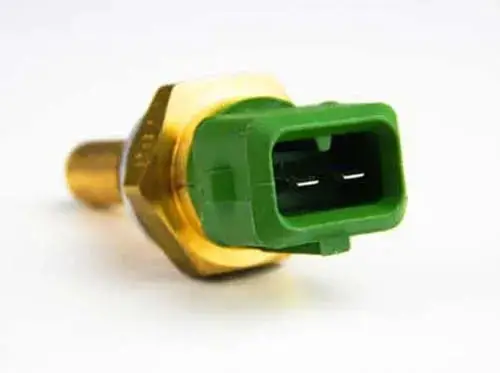
The proper working of the ECT sensor is of fundamental significance as it is one of the key sensors in the car and is responsible for the proper running of the car. If you face any of the following symptoms, there might be a problem with the ECT sensor of the car.
Here are the nine symptoms of a bad coolant temperature sensor.
- Check Engine Light
- Increased Fuel Consumption
- Radiator Cooling Fan Not Turning ON
- Black Smoke Emitting From The Exhaust Pipe
- Overheating Of The Engine
- Hard Starting
- Poor Idling
- Engine Misfiring
- Bad Engine Performance
1. Check Engine Light
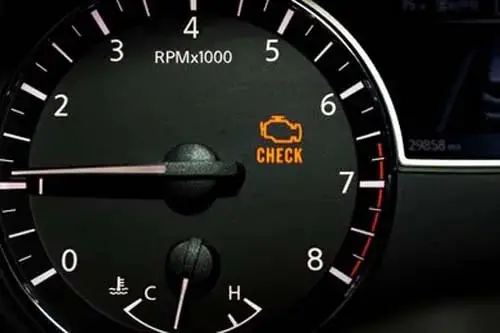
If there is some problem with the ECT sensor of the car, the ECU of the car will notice this fault and notify you by illuminating the check engine light on your dashboard. This illuminating check engine light denotes a problem with the ECT sensor.
You must attend to the codes through the code reader tool to make sure what the problem is. The following are the codes that are related to the ECT sensor:
- P0128: This code denotes that the temperature of the coolant is below the thermostat regulatory temperature.
- P0115: It denotes a problem with the circuitry of the ECT sensor.
- P0116: It denotes the problem with the range of the ECT circuit.
- P0117: It denotes low input received by the ECT sensor’s circuit.
- P0118: This denotes high input received by the ECT sensor circuit.
Related Post: Knock Sensor Check Engine Light On And Off
2. Increased Fuel Consumption
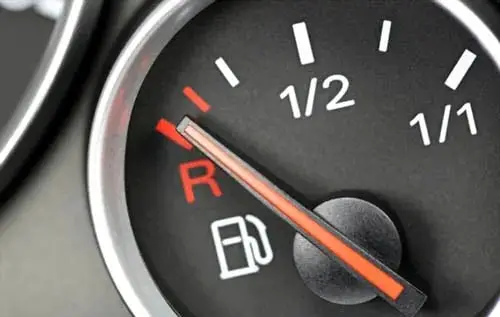
Increased fuel consumption can be a symptom of the bad coolant temp sensor. If the ECT sensor of your car gets faulty or damaged, it can send false signals to the Electronic Control Unit (ECU) of the car, which could result in an incorrect amount of fuel being injected, hence consuming more fuel.
Suppose, the faulty ECT sensor sends a false signal of the engine being cold to the computer, which in turn will inject more fuel to heat the engine quickly, however, the engine was not cold, hence using more fuel than required.
Related Post: Where Is The Engine Coolant Temperature (ECT) Sensor Located
3. Radiator Cooling Fan Not Turning ON
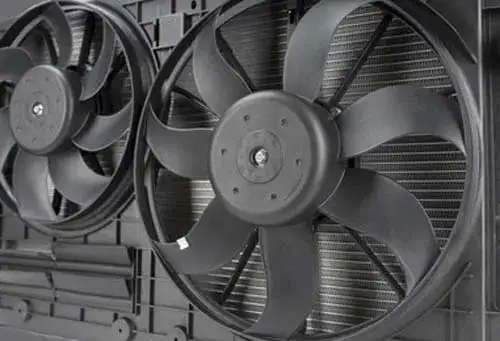
The radiator fan not turning ON can also be a symptom of the bad ECT sensor. In most cars, there are multiple ECT sensors for performing different operations, but some cars have only one ECT sensor.
In such cars, the cooling fan is linked to and managed by the only ECT sensor. If the ECT sensor of the car gets faulty, it might result in the cooling fans not turning ON to cool the coolant.
Related Post: How To Test Coolant Temp Sensor Wiring With Multimeter
4. Black Smoke Emitting From The Exhaust Pipe

A cloud of black exhaust smoke is also a bad coolant temperature sensor symptom. When the ECT sensor of the car gets faulty or is damaged, the air-fuel ratio in the combustion chamber can be messed up.
When more fuel is injected into the combustion chamber than required, the excess fuel, when burned up produces the black smoke that you see coming out of the exhaust pipe.
Related Post: How to Replace a Coolant Temperature Sensor
5. Overheating Of The Engine

Engine overheating is a strong sign of a bad ECT sensor. The cooling fan is located behind the grill of the radiator. This fan assists to remove the heat from the engine coolant, so it will be able to absorb more heat from the engine.
If the ECT sensor of the car gets faulty, it might send a temperature signal lower than the actual to the car ECU, and the ECU will not turn ON the cooling fan, as a result, the engine will overheat and sometimes damages the engine gasket.
Related Post: Wire Coolant Temperature Sensor Wiring Diagram
6. Hard Starting

The hard start of the car is also a bad ECT sensor symptom. At the moment, when your car is starting, the air-fuel ratio that has been injected into the combustion chamber is very critical.
If the ECT sensor of the car gets faulty, the air-fuel ratio that has been injected into the combustion chamber could be lower than required. This incorrect air-fuel ratio makes it difficult for your car to start.
Related Post: How To Jump Start A Car With A Spare Battery
7. Poor Idling
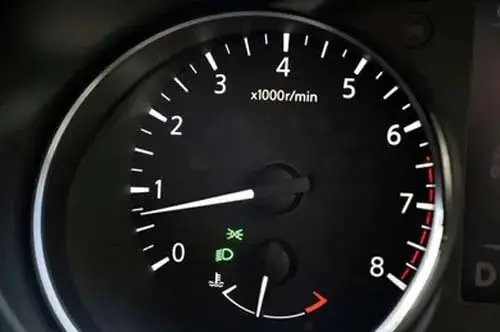
Poor idling can also be a bad coolant temperature sensor symptom. When the ECT sensor of the car gets faulty, the air-fuel ratio will keep on changing in the mixture.
This constant changing of the amount of air and fuel in the mixture will result in the car vibrating and shaking more than normal a car. It is also a cause of major power losses.
Related Post: Starter Voltage Drop Test
8. Engine Misfiring

Engine misfiring is also a sign of a faulty coolant temperature sensor. When the ECT sensor of the car gets faulty, it sends false signals to the ECU. The ECU then adjusts the air-fuel ratio according to these false signals.
If the air-fuel ratio is lean then you might feel sudden surges or misfires in the car’s engine because of the less fuel.
Related Post: Can A Bad Coolant Temperature Sensor Cause Car Not Start
9. Bad Engine Performance
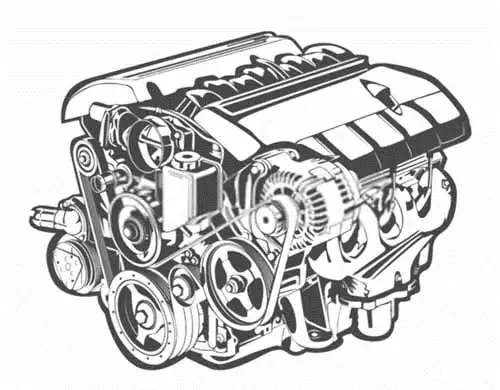
Bad engine performance is also a sign of a bad ECT sensor. We have discussed the result of a rich fuel-to-air ratio, but when the air-fuel ratio in the combustion chamber would be lean, the car will miss the impact from the gas pedal.
Sometimes, you would depress the gas pedal in hope of going faster, but it will not affect the pace of the car. Hence both rich and lean air-fuel ratios will drastically affect the performance of the car.
Frequently Asked Questions (FAQs)
The short answer is yes, a bad ECT sensor can cause a misfire. A bad ECT sensor can cause the engine to hesitate, stall, misfire or have poor engine performance. It is possible that a faulty ECT sensor could cause misfiring. If the sensor is not providing accurate information about the engine’s coolant temperature, the engine control unit may not be able to adjust the air/fuel mixture properly. This could result in an intermittent or constant misfire.
In order to change the coolant temperature sensor, it is necessary to drain about two to three quarts of coolant. This will ensure that you have enough room to access the sensor. This is because the sensor is located in the engine block, and draining the coolant will allow access to the sensor. You only need to remove enough coolant to access the sensor. You do not need to drain the entire system.
Sign Up

